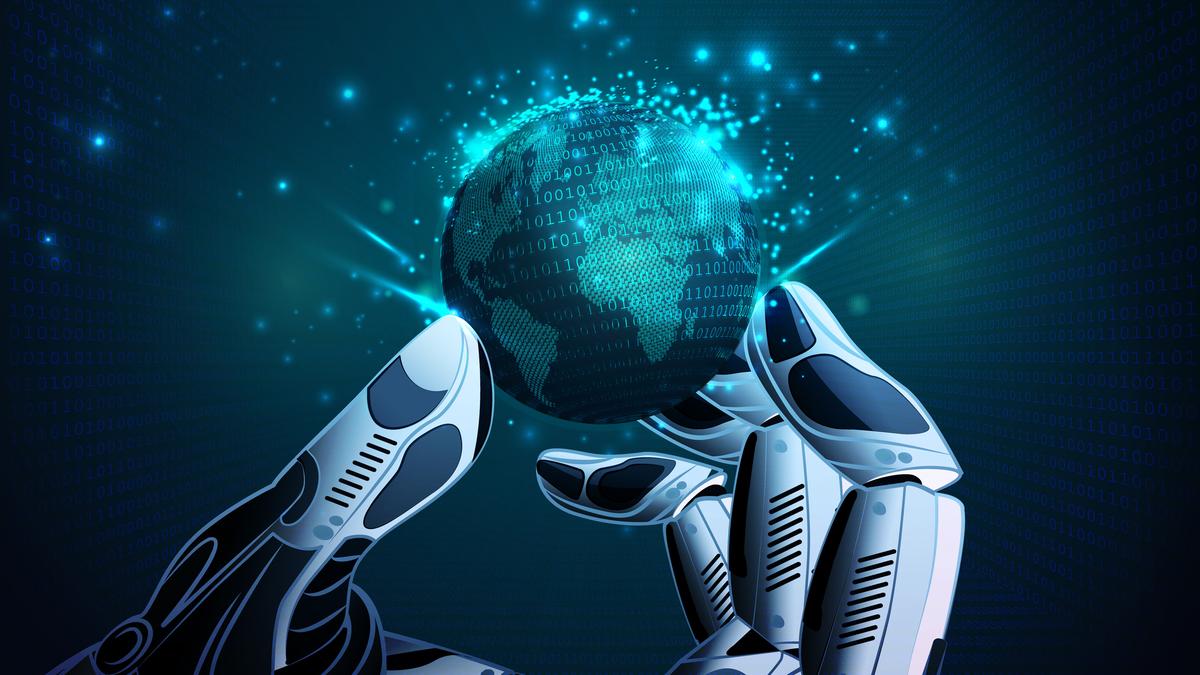AI assistants have been around for more than a decade, but the next generation of AI assistants, called AI agents (AIA), are set to surpass their predecessors in both ability and efficiency. AIAs are broadly classified into three categories: reactive agents, learning agents, and cognitive agents. The present generation of AIAs are cognitive agents, which can learn from their environment, adapt, and make decisions based on algorithms and their own ‘knowledge’. These agents use techniques including natural language processing, computer vision, and deep learning to perform tasks.
The Capabilities of AI Agents
AIAs have the ability to perform multiple functions as users’ agents or autonomously, without instructions or user intervention. They can be integrated with the Internet of Things (IoT), allowing them to connect with multiple devices and their sensors and collect and analyze data in real-time.
Understanding Human Speech and Language
Cognitive AIAs can ‘understand’ human speech and language, enabling them to perform tasks that require multiple proficiencies. For example, they can plan a trip after listening in on a user’s phone calls and reading their emails, understanding their preferences, and parsing their previous travel experiences.
Real-World Applications
AIAs are being used in various sectors, including:
- Warehousing: A Bengaluru-based startup launched an AIA that can autonomously handle items in a warehouse, receiving inputs as voice commands and responding with real-time decisions.
- Autonomous Vehicles: Companies and research facilities have deployed AIAs to drive autonomous vehicles.
- Financial Investments: AIAs are being used to guide financial investments.
- Treatment Plans: AIAs are being deployed in healthcare to assist in developing treatment plans.
- Productivity Tools: Tools like Orby AI automate repetitive tasks, while 4149 AI collaborates with humans inside apps like Slack and Notion to improve their productivity.
The Risks Associated with AI Agents
While cognitive AIAs offer numerous advantages, they also present a number of risks:
Accountability, Liability, and Responsibility
Cognitive AIAs raise concerns about accountability, liability, and responsibility. Humans’ increasing reliance on AIAs could make them more vulnerable. For example, when an AIA plans a user’s travel, it accesses and digests vast amounts of information about the user’s plans, schedule, and financial instruments. Companies that build and offer such AIAs must explicitly protect users’ privacy.
Moral Implications
Since AIAs can learn and adapt, they can also develop and use hindsight. This hindsight should be sensitive to users’ needs, moral principles, and prioritize user safety. AIAs should be able to navigate the responsibility to be of help without hindering human autonomy and creativity.
Malicious Manipulation
Developers must incorporate mechanisms to protect AIAs from being manipulated by malicious actors. Any manipulated AIA effects must be kept from impacting users’ data.
Addressing the Ethical and Legal Challenges
The legal and ethical implications of AIAs are multifaceted and require a nuanced approach.
Lack of Legal Recognition
Despite being called ‘agents,’ AIAs possess no agency in the eye of the law. The law does not currently recognize AI’s personhood, making it difficult to attribute intention to AIAs separately from the user’s intentions.
Liability and Responsibility
While it is possible to argue that the liability for an AIA’s actions lies with its maker or a corresponding service provider, establishing legal frameworks for this is essential. This aligns with the call for holding companies responsible for the risks imposed on society by the implementation of these technologies.
Fairness and Accountability
Placing the responsibility for an AIA’s misdeeds solely on the user is unfair. Programmers who create the algorithms that guide AIA decisions also bear partial responsibility.
Moral Development
Even artificial moral agents with a high level of autonomy and understanding of human morals should not be expected to develop their own human morals.
Takeaways
- AIAs are evolving rapidly and have the potential to significantly impact our lives in many ways.
- Cognitive AIAs can learn, adapt, and make decisions autonomously, presenting both opportunities and challenges.
- Addressing the ethical and legal challenges surrounding AIAs is crucial.
- Clear legal frameworks are needed to determine responsibility, liability, and accountability for AIAs.
- Developers must prioritize user privacy, safety, and prevent manipulation.
- As AIAs become increasingly sophisticated and integrated into our lives, ongoing dialogue and research are essential to ensure their responsible and ethical development and use.




